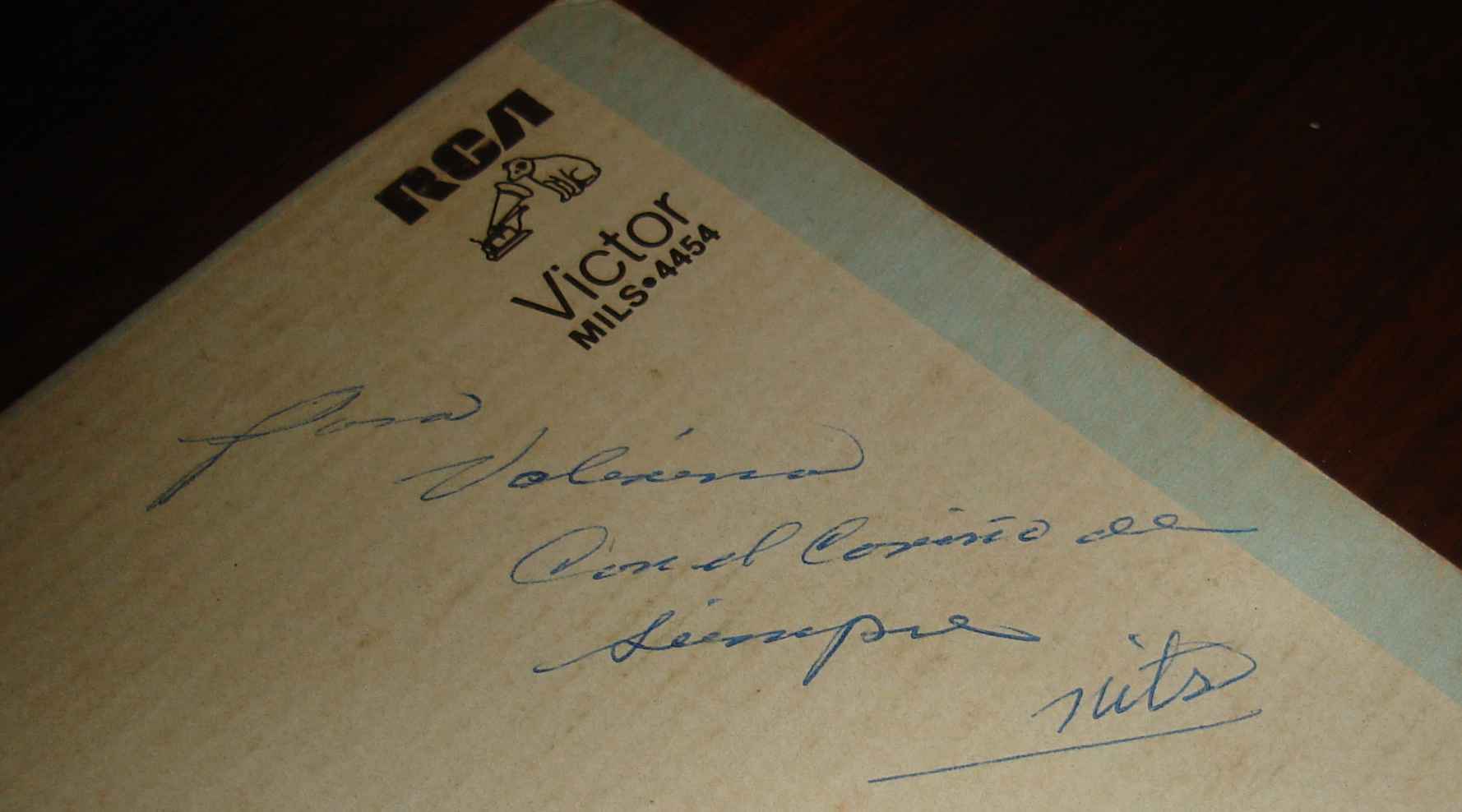The Smallin Civil War Cave is a commercial cave located just north of Branson just off of County Highway NN. It’s sort of accessible from US 60 between Springfield and Branson, but you do have to wind down a county highway and through some other streets to get there. I headed down there one Friday morning to beat the crowds, and I found the little complex easily enough–at every turn, there’s a sign indicating which way to go to the cave (but you’d better remember where you turned, since there are no signs on the way out to guide you back to NN–but it’s not that hard).
The complex has ample parking for cars, buses, and RVs. Most of them weren’t in use at a little after 10am on a Friday morning. I spoke to Mrs. Bright, the owner of the complex, and she said the caves are the most busy on Friday afternoons and Monday mornings, when visitors to and from Branson visit on the way to Branson or on the way home.

The Visitor Center is the staging point for the cave tours. Outside, it offers a free crawl box for children who’ve been cooped up in automobiles for a couple of hours and who will not have the chance to go off-roading during the guided tour of the caves:

The crawl box is relatively new construction and is very sturdy, which doesn’t diminish the excitement for the children but comforts the minds of the parents. My boys went through the box several times and could have probably spent the whole morning there.
A mining sluice also stands outside the Visitor Center; you can buy bags of sand and gems inside to recreate the experience of panning for treasures, although the Smallin Cave itself does not have panning or mining history (except for the native Americans who mined chirt in the cave).
Listen to me talking about Smallin Cave authoritatively based on one guided tour. Why, I’m almost as good as a tour guide already.
The Visitor Center offers a wide variety of geological and Civil War themed items, and as I mentioned, it’s the staging area for the guided tours. The guided tours last about an hour and cost $15.95 for adults and $8.95 for children, so the cost of visiting definitely runs to Tourist on the scale. They also offer a “wild” tour which means you go off the concrete path for two hours, climbing through the cave like a real spelunker. Additionally, they offer other events that involve sitting around a campfire, eating, and hearing Civil War stories. We went with the guided tour.
Just outside, an Indian marker tree points to the cave location:

Native Americans used to bend saplings to make them grow in this fashion to point toward trails or important land features. Like the cave entrance.
The tour actually includes three caves. The first cave, which I believe the guide called Fielding Cave, is a smaller cave on the property:

This cave was the home* to a couple of large bears throughout the ages as well as serving as a camp site for prehistoric people who might have mined chirt there and cooked dinner there. They probably did not live there as the same time as the bears. The tour guide also pointed out that they are working with Missouri State University to archeologicate some artifacts from the cave.
Fielding Cave is just a quick stop to whet your appetite. An opening act, if you will.
Disappointment Cave is just a quick point-out:

They call it Disappointment Cave because it’s only twelve feet deep and it takes as long to climb to it as it does to explore it.
Smallin Cave has a varied history*. In the 1960s, the first commercial owner ran it as a tourist destination and installed some of the amenities enjoyed by visitors today, including the concrete walkway that ensures that visitors won’t get their feet wet on the tour. This proprietor apparently liked to play up the tenuous connection to the Civil War by loading the property down with memorabilia. After he passed away, his heirs did not claim the property, and it was sold for taxes. A church organization bought it and used it as a camp site for some youth ministry. Its dedication plaque remains on the wall:

The church eventually stopped using the cave as a campsite, and it remained fallow until the new owners took it over a couple years back. But as we approached the cave and the entrance chamber, I could understand why this served as a gathering place in many centuries. Aside from the fact that the cave was comfortably cool on a hot summer day (startlingly so, I noticed as we emerged), the end of the canyon and cave mouth make a natural amphitheatre.
At any rate, the tour includes a quick stop on a platform designed for a good picture (available at the gift shop after your tour) that frames you against the cave entrance:

As you can see, the concrete path has good railings on it, so you don’t have to fear falling into the nameless depths of some cave pool that’s really only a couple of feet deep.
The tour guide will point out the normal features of caves, including soda straws, stalagmites, stalactites, and other features such as curtains:

If you’re into serious spelunking, of course this isn’t the tour for you. But if you’ve never been in a cave before or if you’re way amateur into visiting caves, it’s a good introduction and very interesting. And safe.
Along the way, you might see some of the animals that live in the cave, including bats:

If you’re lucky, you might spot any number of salamanders, crayfish, frogs, and whatnot that call the cave home. We did.
The main entrance to the cave is large (claimed to be the largest in the world, and it’s certainly the largest in this particular canyon), but there does come a point where the path narrows and curves and you cannot see the outside. This, my friends, is the Claustrophobia Point:

I got over it, though.
The tour ends a couple hundred yards into the cave, past Claustrophobia Point, but the cave goes on beyond that:

A wild tour takes you further. The guide says that the cave system has yet to be completely explored, as the deepest parts yet explored take about five hours to reach*.
The return trip is much quicker along the walkway, but the guide pointed out a number of fossils in the ceiling of the cave, including the newly discovered shark tooth, and a new stalagmite forming on the walkway (slowly).
When we emerged, as I mentioned, it was a bright and hot day outside.

Because of the drought this year, the cave was dry. Much of the time, the cave has running water and that emerges into the canyon. Water runs over the rimstone dams and from the ceiling in some places, as I judge from pictures on the cave’s Web site. I’m interested in returning when I can see these features, but I’m glad to have gone when the water was down so I could hear the guide better without the roaring of the water.
Overall, I enjoyed the visit and learned a lot. I won’t say it awakened a great love of actual spelunking in me, since I still prefer to have an emergency exit I can elbow and claw my way to in the event of an emergency, but the experience is akin to visiting a museum: it encapsulates a field of study into something I can access and determine what knowledge, if any, to pursue.
That said, I do have to reiterate this is a commercial operation. The owners were recently profiled in the Springfield Business Journal. The existence of this company and others of its ilk rather flies in the modern governmental wisdom that only government entities or nonprofits can steward these natural resources effectively or educate people to their beauty, structure, and history. It’s untrue.
Also, a note if you’re thinking of going: You can find coupons for 10% off the admission on the Web site and in various tourist brochures and information packets. Don’t forget to use one, like I did.
* Many of the facts related here were originally related by the tour guide, and they might be based on rumor or have been presented for entertainment. Ask a tour guide, and he or she will admit it. Kevin Bright has written a book about caves in the Ozarks, and in a chapter on commercial operations, he explains that this is so and that it’s an entertainment business more than an academic endeavor. So view the tour guide, any tour guide actually, more as a storyteller than as an authoritative and definitive source of anything.
Also note that this whole account is based on my memory of what a tour guide said. That’s a double whammy. It’s what a tour guide said that’s posted on the Internet. That’s a double negative of sorts.























